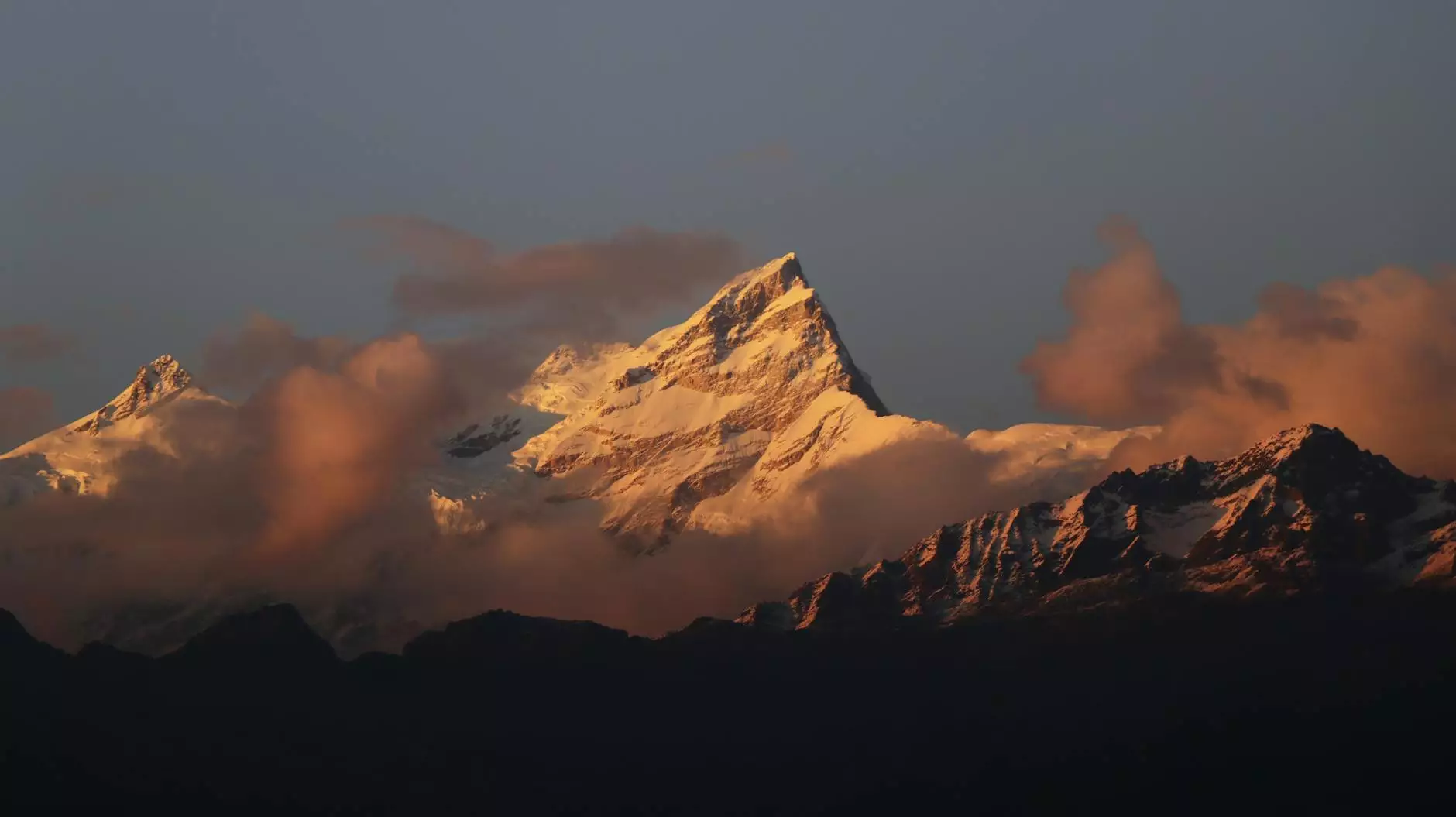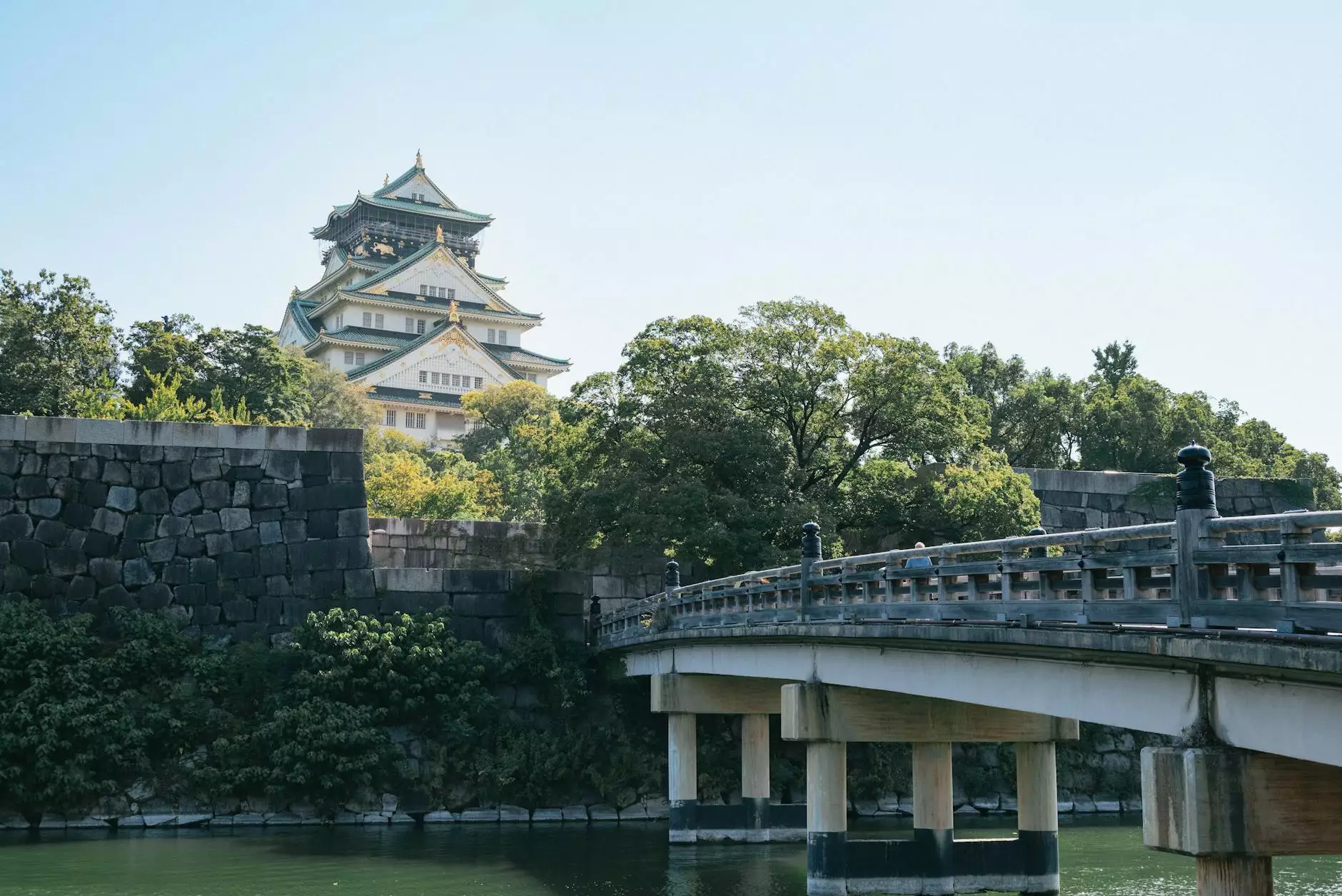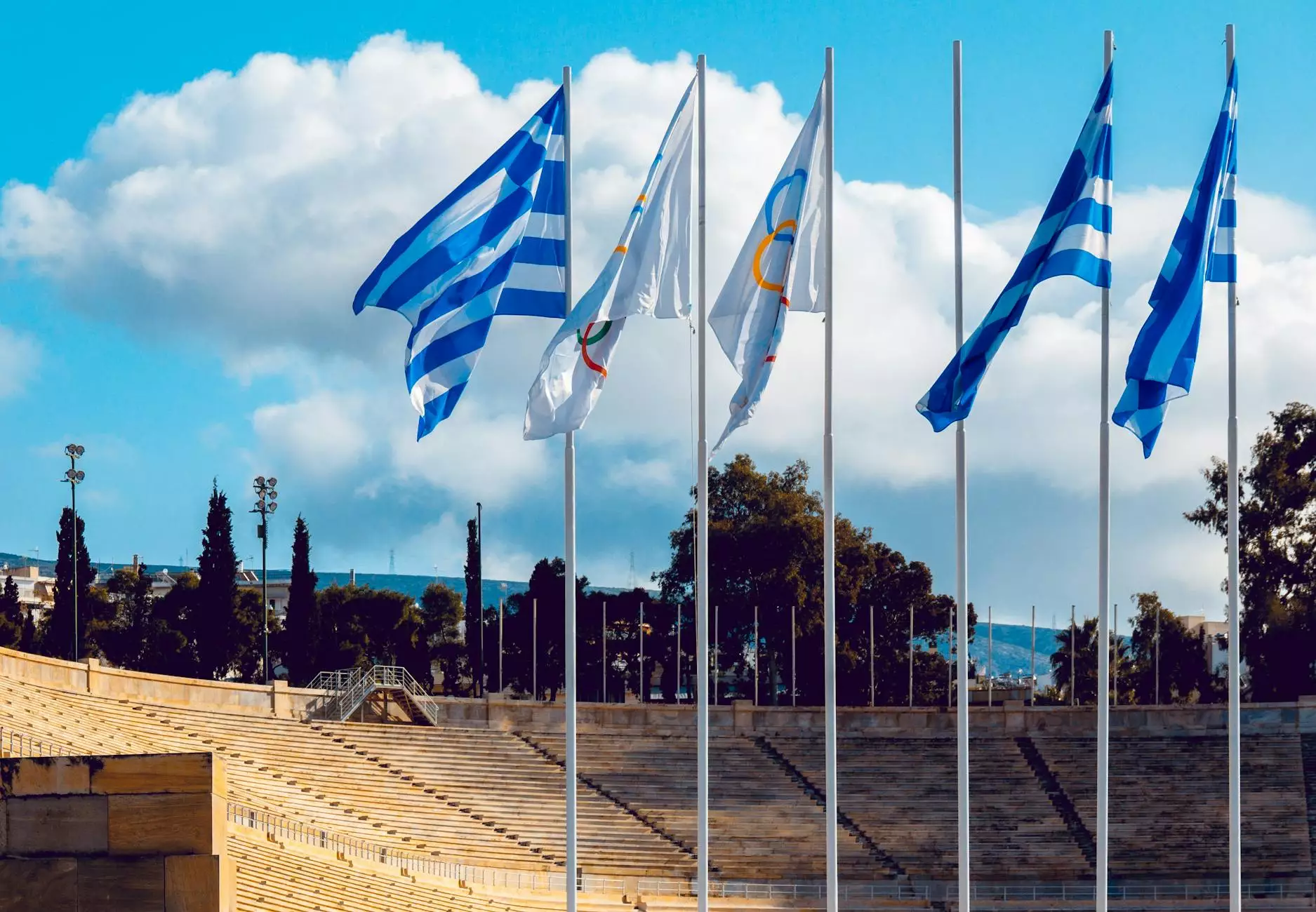Everest Panorama Trek: An Unforgettable Journey to the Roof of the World

The Everest Panorama Trek is more than just a hike; it is a life-changing experience that takes you on an incredible journey through the heart of the Himalayas. This trek offers breathtaking views of some of the world's highest peaks, intimate encounters with local cultures, and a unique chance to immerse yourself in the natural beauty and rich heritage of Nepal. If you're considering a trek in the Himalayas, the Everest Panorama Trek is an excellent choice that combines adventure, breathtaking landscapes, and cultural richness.
What is the Everest Panorama Trek?
The Everest Panorama Trek is a moderately challenging trek that leads you to some of the best viewpoints of the Everest region. This trek typically spans around 10 to 12 days, depending on your itinerary, and offers trekkers stunning panoramas of the majestic Mount Everest, Lhotse, and Nuptse, among other towering peaks. Unlike the more demanding Everest Base Camp trek, the Everest Panorama Trek is designed for those seeking to experience the beauty of the region without the strenuous challenges of higher altitudes.
Why Choose the Everest Panorama Trek?
- Stunning Views: Gain access to spectacular viewpoints, such as Tengboche and Namche Bazaar, where you can gaze upon the incredible landscape of the Himalayas.
- Cultural Experience: Engage with the vibrant Sherpa culture, visit ancient monasteries, and enjoy the warm hospitality of local people.
- Suitable for All Levels: Designed for trekkers of varying experience, this trek accommodates both novices and seasoned hikers.
- Expert Guidance: With experienced guides and support staff, you can ensure a safe and enjoyable trekking experience.
Itinerary Overview of the Everest Panorama Trek
Planning your trek is crucial for a successful and enjoyable adventure. Below is a general outline of the Everest Panorama Trek itinerary:
- Day 1: Arrival in Kathmandu
Upon arrival, you will be greeted by your trek leader and have a chance to explore the vibrant streets of Thamel.
- Day 2: Flight to Lukla and Trek to Phakding
A scenic flight to Lukla marks the start of your trekking journey. From Lukla, trek downhill to the cozy village of Phakding.
- Day 3: Trek to Namche Bazaar
Hike through lush forests and cross suspension bridges as you make your way to the vibrant trade hub of Namche Bazaar.
- Day 4: Acclimatization Day in Namche Bazaar
Take a well-deserved rest and explore the surrounding area. Visit the Sherpa Museum and indulge in local delicacies.
- Day 5: Trek to Tengboche
Enjoy stunning views on the way to Tengboche, home to the famous Tengboche Monastery, where you can participate in Buddhist rituals.
- Day 6: Trek to Khumjung and Return to Namche Bazaar
Visit the village of Khumjung to see the Yeti Scalp and trek back to Namche Bazaar for the night.
- Day 7: Return Trek to Phakding
Begin your descent back to Phakding, reflecting on the majestic landscapes you've witnessed.
- Day 8: Trek to Lukla
Complete your trek as you head back to Lukla, where you can celebrate your achievement with the trekking team.
- Day 9: Early Morning Flight back to Kathmandu
Return to Kathmandu and enjoy a day of leisure or explore more of the city's rich culture.
- Day 10: Departure
Time to say goodbye! Depart from Kathmandu with unforgettable memories of your journey.
Essential Preparation for the Everest Panorama Trek
Being well-prepared for the Everest Panorama Trek is essential to ensure a safe and enjoyable adventure. Here are some key preparations you should consider:
Physical Fitness
While the Everest Panorama Trek is considered a moderate trek, maintaining a good level of physical fitness is advisable. Engage in regular cardio exercises such as jogging, cycling, or hiking prior to your trek to build stamina. Aim for a minimum of 30 minutes of aerobic activity, three to four times a week, leading up to your trek.
Gear and Equipment
Investing in the right gear can make a significant difference in your trekking experience. Essential items include:
- Footwear: A good pair of hiking boots with ankle support is crucial.
- Clothing: Layered clothing suitable for varying temperatures is essential, including thermal layers, fleece jackets, and a waterproof jacket.
- Backpack: A comfortable, lightweight backpack is essential for carrying your daily necessities.
- Accessories: Don’t forget hats, gloves, sunglasses, and a water bottle.
Acclimatization Strategies
Acclimatization is vital in minimizing the risk of altitude sickness during the Everest Panorama Trek. Be sure to:
- Take your time during ascent; don’t rush the trek.
- Stay well-hydrated and consume carbohydrates to aid acclimatization.
- Listen to your body; if you feel unwell, notify your guide immediately.
Cultural Insights: The Sherpa Way of Life
Engaging with the Sherpa communities along the Everest Panorama Trek allows trekkers to gain insight into their traditions, customs, and way of living. Here are some fascinating aspects of Sherpa culture:
Religion and Spirituality
The majority of Sherpas practice Buddhism, which profoundly influences their daily lives. Monasteries (or Gompas) are common in the region, and it is customary for locals to pay homage to the deities. Trekkers often encounter colorful prayer flags and stone stupas, symbols of spiritual significance.
Traditional Cuisine
Sampling the local cuisine is an experience in itself. Sherpa food includes:
- Daal Bhat: A traditional lentil soup served with rice.
- Thukpa: A hearty noodle soup, perfect post-trek.
- Momos: Delicious dumplings, often stuffed with vegetables or meat.
Festivals and Celebrations
The Sherpa calendar is filled with vibrant festivals such as Losar, celebrating the New Year, and Buddha Jayanti, honoring the birth of Buddha. Joining in these local festivities adds another enriching layer to your trekking experience.
Safety Tips for Trekking in the Everest Region
While the Everest Panorama Trek is relatively safe for experienced hikers, it’s vital to stay cautious and prepared. Here are some safety tips:
- Follow Your Guide: Always stick to your guide's advice, especially regarding pace and rest periods.
- Stay Hydrated: Carry enough water and drink regularly to prevent altitude sickness.
- Travel Insurance: Consider a comprehensive travel insurance policy that covers trekking at high altitudes.
Conclusion
The Everest Panorama Trek is an outstanding choice for anyone looking to explore the beauty of Nepal's Himalayas. With spectacular views, cultural immersion, and relatively moderate trekking challenges, it offers a unique opportunity for adventure seekers of all levels. From the stunning vistas of Tengboche to the charming village of Namche Bazaar, each step on this trek reveals nature's wonders and the rich tapestry of Sherpa life. Prepare well, embrace the journey, and create unforgettable memories that will last a lifetime with Peace Nepal Treks.
For more information about the Everest Panorama Trek and to book your adventure, visit Peace Nepal Treks today!
everest panoroma trek








